Check this out. It presents three good, algorithmic methods for answering questions like these. Learn one of them, or all three of them if you have the time or inclination. State removal is fairly intuitive, although I like Kleene's transitive closure method.
http://krchowdhary.com/toc/dfa-to-reg-exp.pdf
EDIT: Your RE is equivalent to the one provided. here's the reduction of theirs to yours:
0. a*(a*ba*ba*ba*)*(a+a*ba*ba*ba*)
1. = a*(a*ba*ba*ba*)*a + a*(a*ba*ba*ba*)*a*ba*ba*ba*
2. = a*(ba*ba*ba*)*a + a*(ba*ba*ba*)*ba*ba*ba*
3. = a*a + a*(ba*ba*ba*)*a + a*(ba*ba*ba*)*ba*ba*ba*
4. = aa* + a*(ba*ba*ba*)*ba*ba*ba*a + a*(ba*ba*ba*)*ba*ba*ba*
5. = aa* + a*(ba*ba*ba*)*ba*ba*ba*
6. = aa* + aa*(ba*ba*ba*)*ba*ba*ba* + (ba*ba*ba*)*ba*ba*ba*
7. = aa* + aa*(ba*ba*ba*)* + (ba*ba*ba*)*ba*ba*ba*
8. = aa* + aa*(ba*ba*ba*)* + ba*ba*ba* + (ba*ba*ba*)*ba*ba*ba*
9. = aa* + aa*(ba*ba*ba*)* + ba*ba*ba* + ba*ba*ba*(ba*ba*ba*)*
Step 1 is right since r(s+t) = rs + rt.
Step 2 is right since r*(r*sr*)* = r*(sr*)*.
Step 3 is right since r = r + s if L(s) is a subset of L(r).
Step 4 is right since r*r = rr* and rs + rq*s = rs + rqq*s.
Step 5 is right since rs + r = r.
Step 6 is right since r*s = rr*s + s.
Step 7 is right since rs + rqq*s = rs + rq*s.
Step 8 is right since r = r + s if L(s) is a subset of L(r).
Step 9 is right since r*r = rr*.
Please feel free to ask any questions or point out any mistakes I may have made.
EDIT2: If you are interested in these kinds of questions, show some love for the new Computer Science StackExchange by going to this link and committing!!!
http://area51.stackexchange.com/proposals/35636/computer-science-non-programming?referrer=rpnXA1_2BNYzXN85c5ibxQ2
